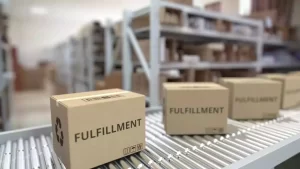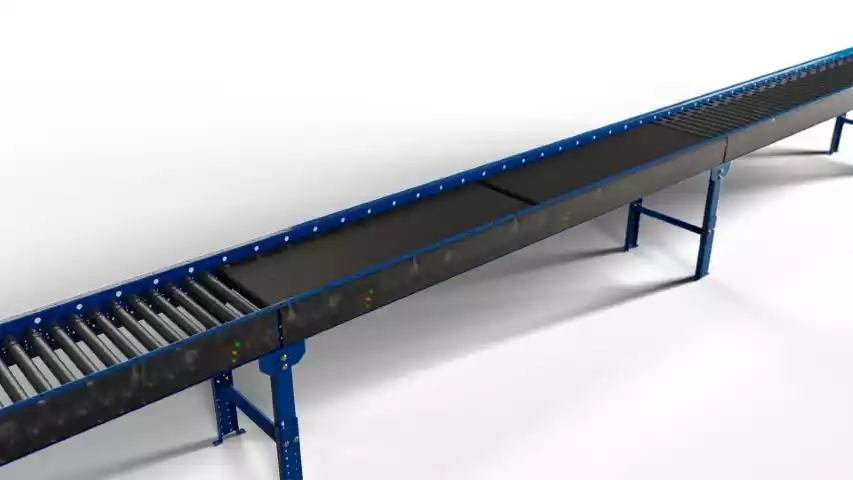You may be asking, “How exactly do gap plates make the whole system more efficient?” Great question! Conveyor systems are vital to businesses and keeping them efficient boosts productivity and reduces downtime. Here’s how gap plates help:
Preventing Downtime: One of the biggest challenges with conveyors is avoiding interruptions in product flow. If there are gaps, jams, or items falling off, the whole system can grind to a halt.
Gap plates help keep things running smoothly, ensuring products flow without issues. This minimizes downtime, which saves both time and money. Whether you’re working with powered roller conveyors or traditional setups, gap plates keep everything moving.
Supporting Load Distribution: Gap plates also help distribute weight evenly across the conveyor system. This ensures that the driving pulley and other components don’t get overloaded. Proper weight distribution reduces strain on parts like the electric motor, extending their lifespan and preventing damage. It also makes the system more cost-effective in the long run.
Reducing Maintenance Costs: By keeping the system aligned and preventing damage, gap plates reduce the need for constant maintenance. This means fewer repairs, less downtime, and more consistent performance. Whether you’re adjusting belt tension or focusing on belt tracking, gap plates help keep everything in check. Plus, with less wear on the system, you’ll spend less on parts and labor.
Ensuring Consistency in Product Flow: Smooth movement is key to a consistent production rate, especially in high-volume settings. Gap plates ensure that products pass from one section to another without delays, keeping your conveyor on schedule. With fewer interruptions, you’ll minimize risks like product damage from drops or jams and maintain a steady pace.
At Russell Conveyor & Equipment, we know how important these small components are. Whether you rely on electrical power or traditional systems, gap plates are crucial for long-term system efficiency.









